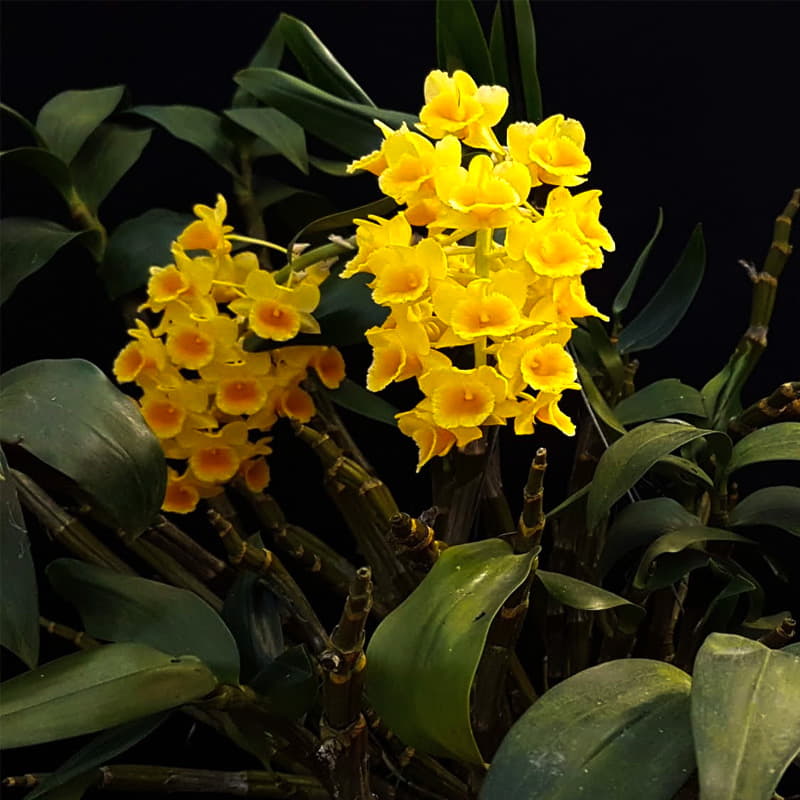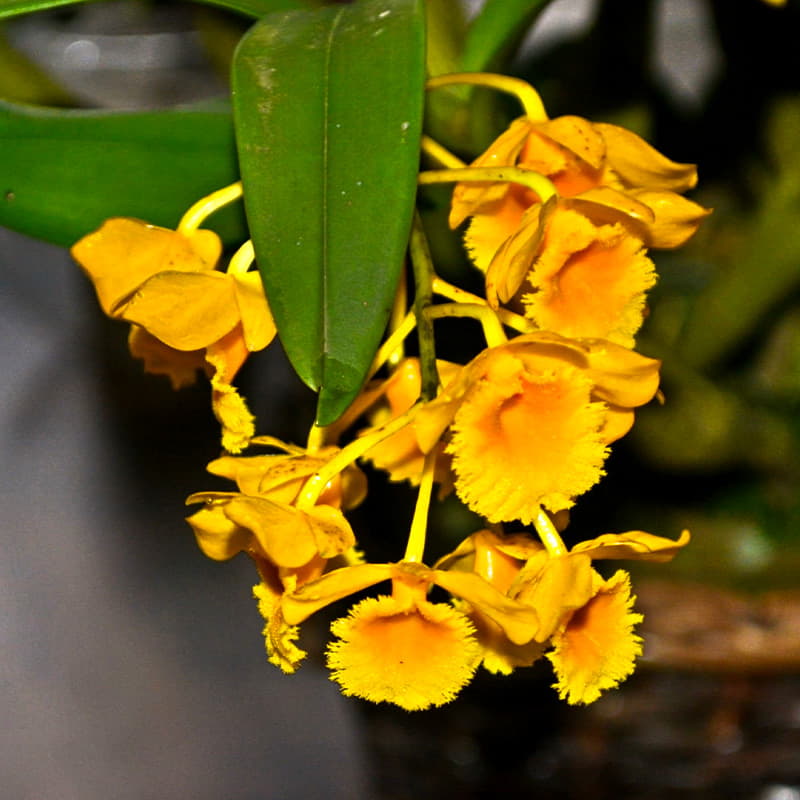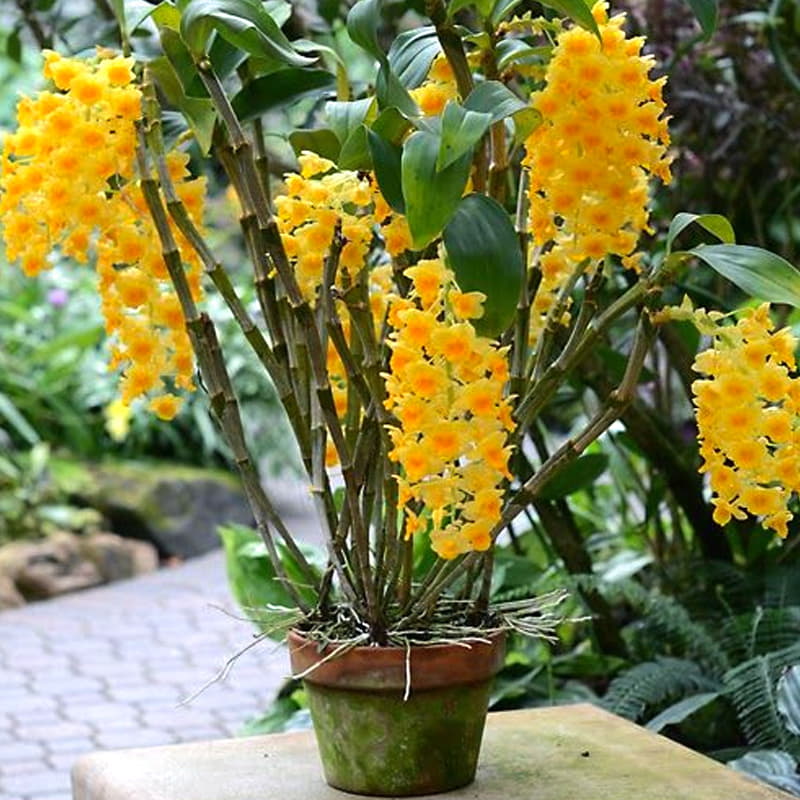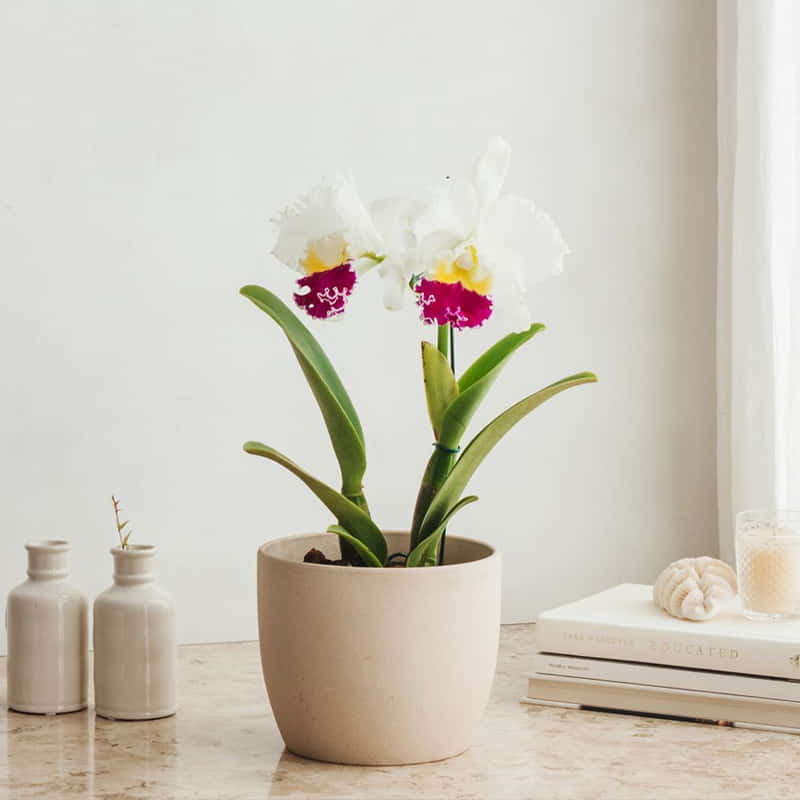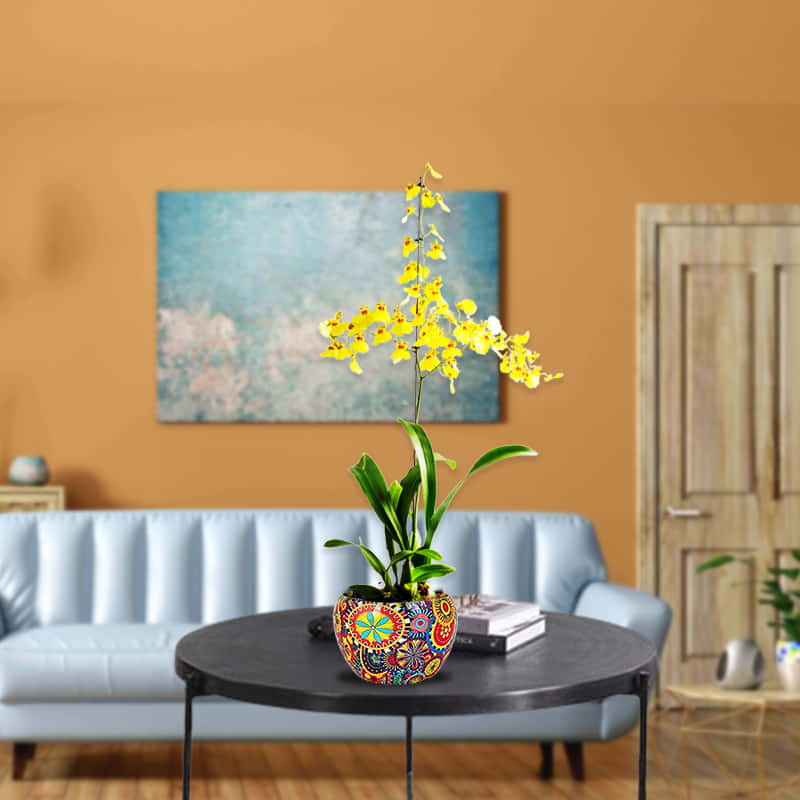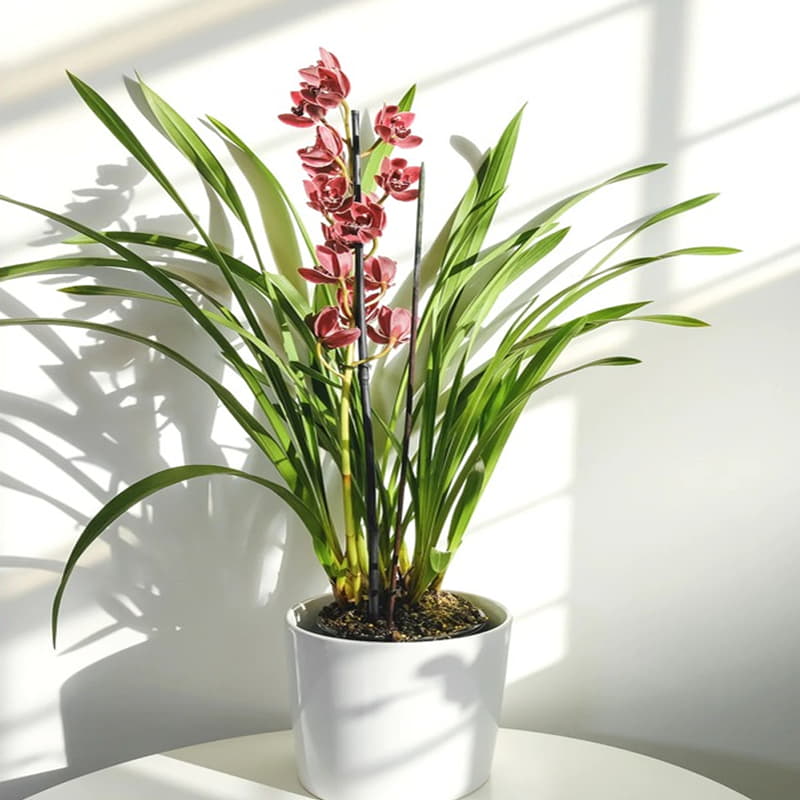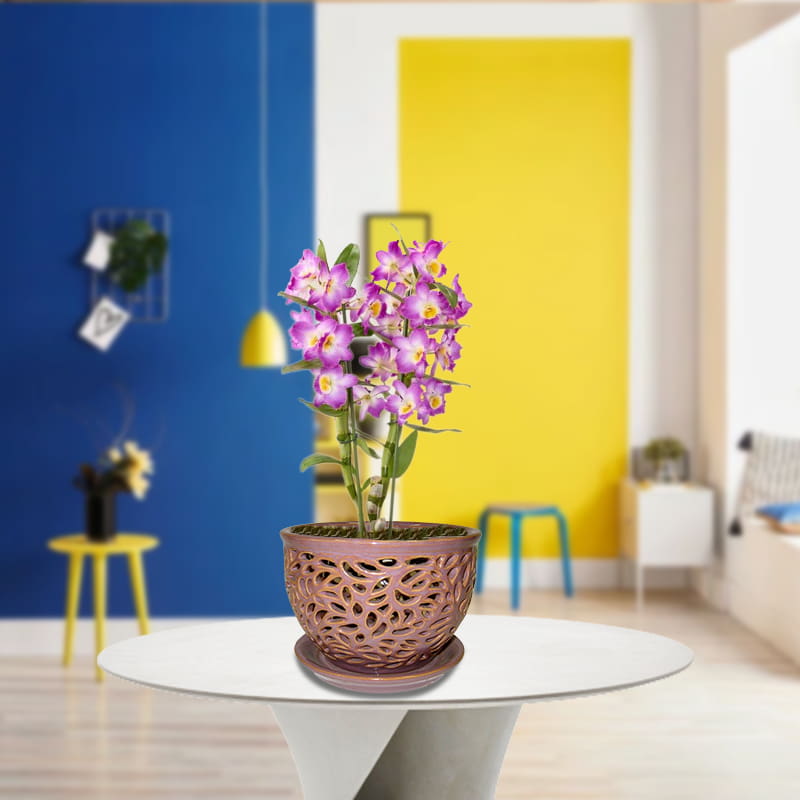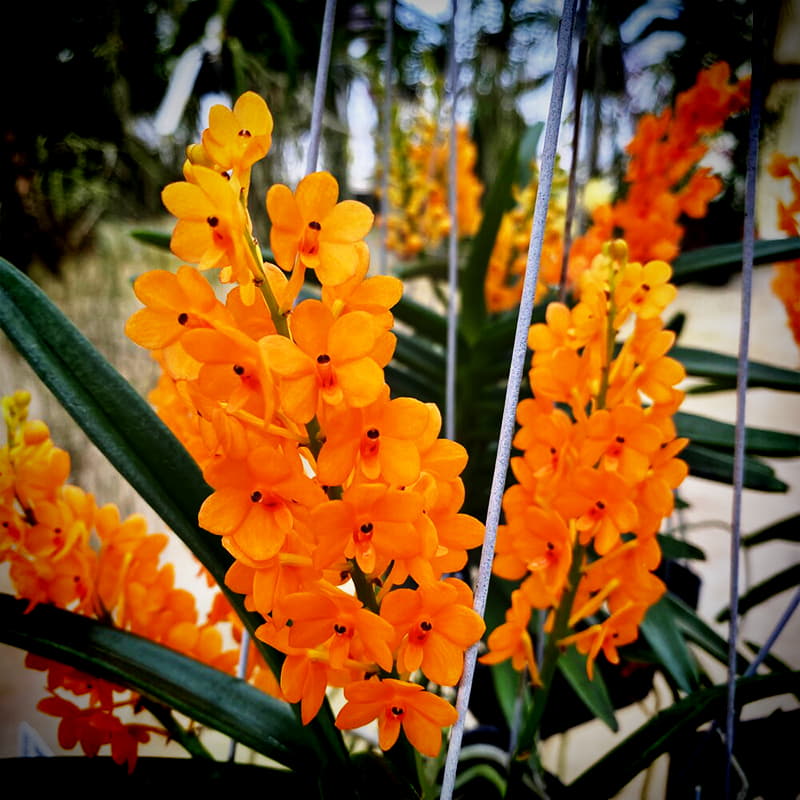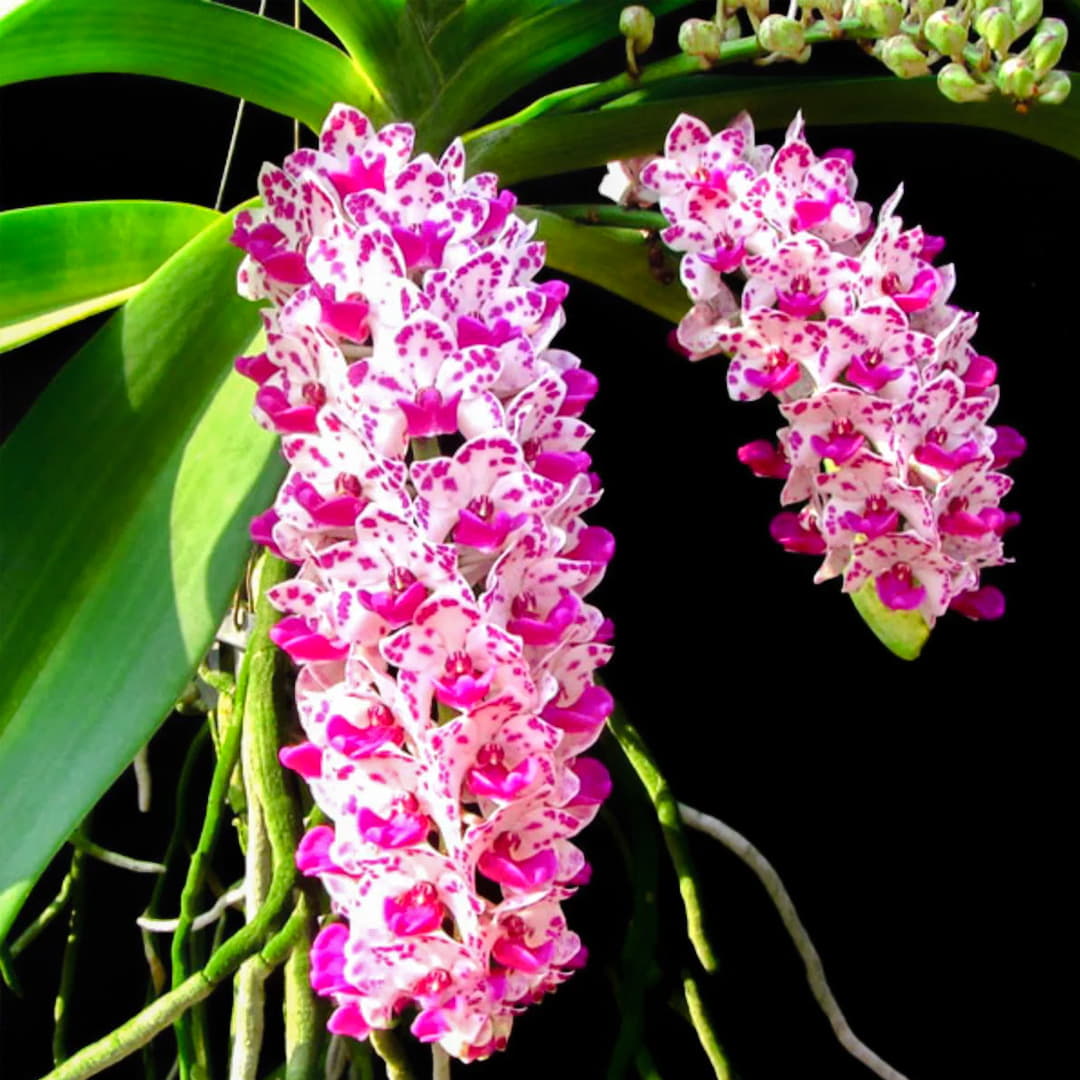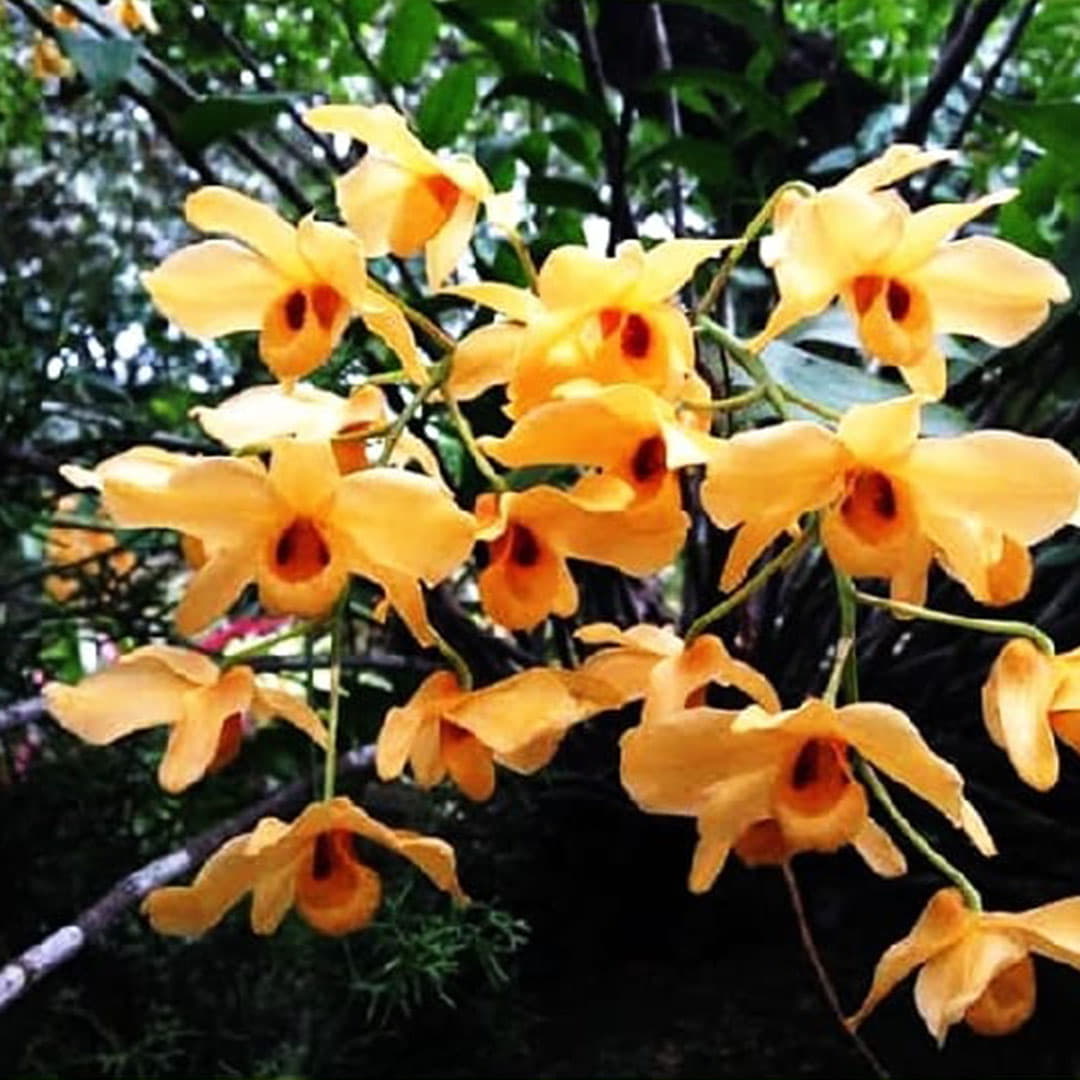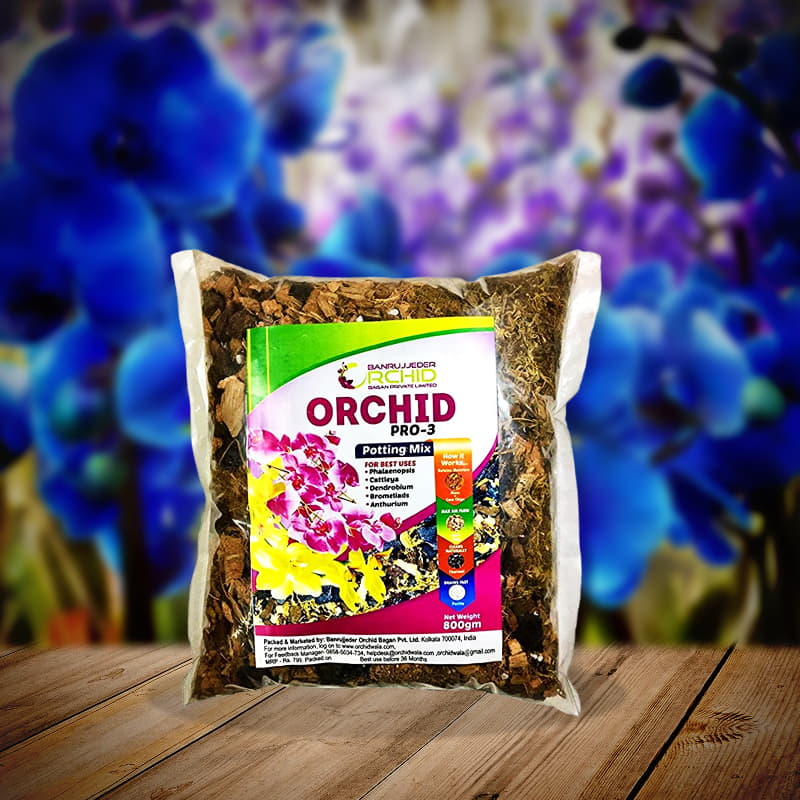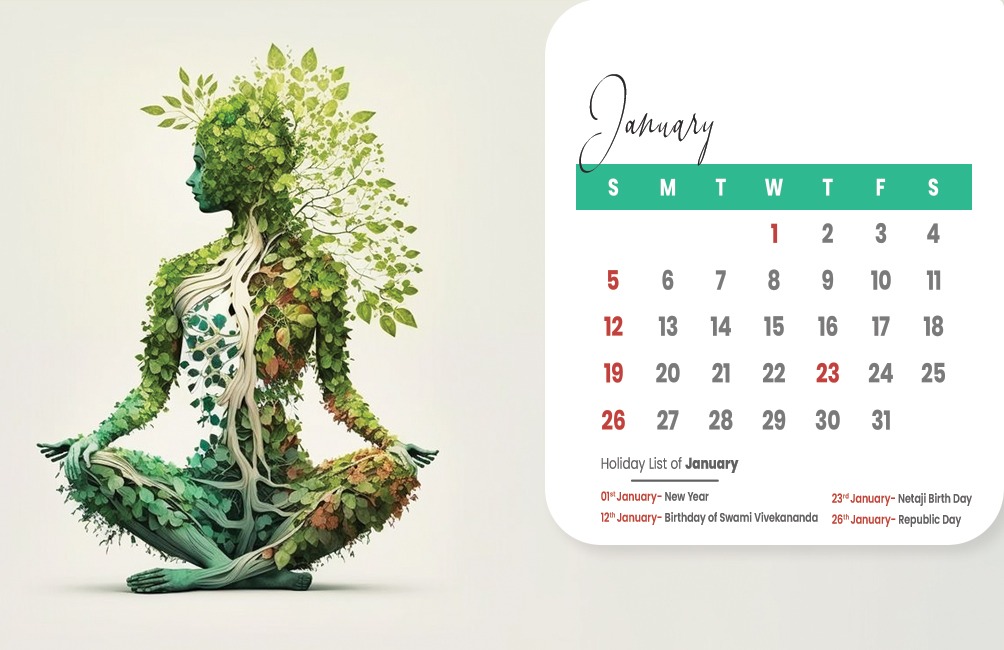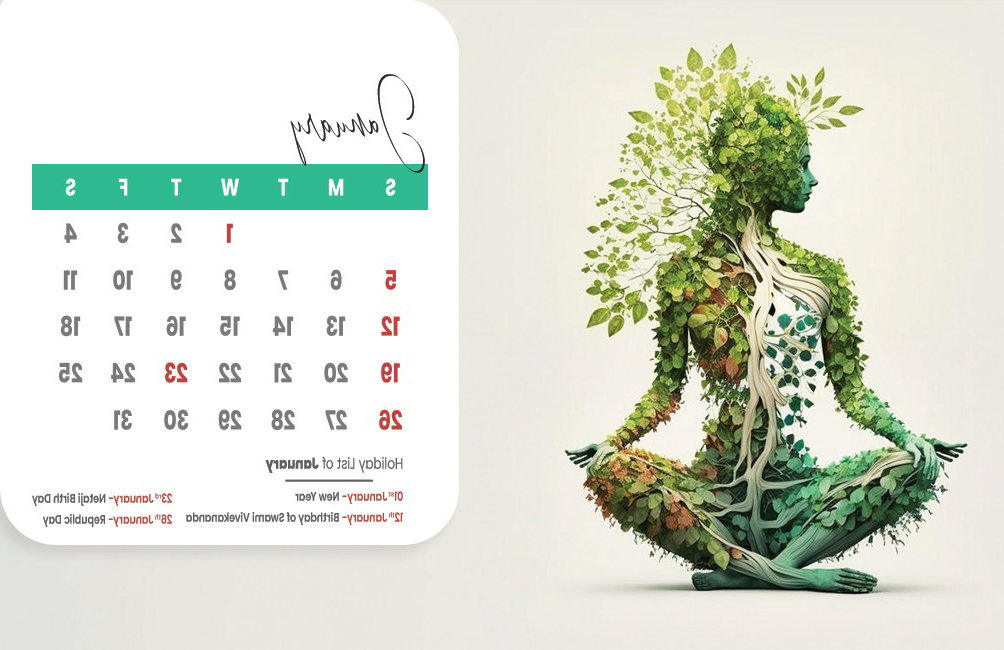Image(s) are for reference. Actual product might vary in some aspects like shape, size etc, from the one given in the image(s). However, we ensure what you get is close to the image(s) and of high quality. Our target is to deliver a healthy and well built plant. So relax after ordering and wait for an excellent delivery from Bharat Vumi that will bring smile on your face.
Package- A healthy Dendrobium densiflorum Plant (Without pot)
Plant Description:
Common name- Pineapple orchid/ Dense flowered Dendrobium
Scientific Name-Dendrobium densiflorum
Family-Orchidaceae
Origin-Southeast Asia specially Myanmar, Thailand, Vietnam and southern china
Dendrobium densiflorum, commonly called as pineapple orchid or dense flowered dendrobium is a captivating orchid species well known for its attractive dense cluster of vibrant colored flowers.It is an evergreen flowering plant with slender pseudobulbs and elongated leaves. This species of Dendrobium is native to southeast Asia which prefers bright light, warm temperature and regular watering to display its stunning blooms.
Growing Conditions-
1.Soil/ Potting Mix- Basic Orchid potting mix can be used For dendrobium orchid species. Basic Orchid potting mix is composed of Pine bark, Charcoal, Pumice Rock, Sphagnum Moss, Orchid Antifungal and Orchid Fertilizer.
2.Watering-In spring and summer months when the plants are actively growing water the plant when the potting mix is almost dry but slight damp to touch. Thoroughly saturate the potting medium when watering and let the excess water drain away. Watering once in week during the active growing period. During winter, frequency of watering should be reduced, may be once in a couple of weeks. Orchids like rain water to grow efficiently.
3.Temperature-Dendrobium desiflorum prefers a moderate temperature range, 18 ℃-24℃ during the day, while at night it prefers slightly cooler temperature in a range between 10℃-15℃ in order to induce flower bud development. This temperature differential between day and night is crucial for flowering.
4.Humidity-Like most of the orchid’s dense flowered Dendrobium also
prefers high humidity for healthy growth. A humidity range between 50%-70% can
be maintained.
5.Light Requirements- Dendrobium can be grown outdoor
under the shade of any big tree or can be grown indoor where it gets ample
sunlight. Avoid exposing them to direct sunlight for a long time. It will
result in burning of leaves.
6.Fertilizer requirements-Regular feeding with a balanced orchid
fertilizer is important for the growth and flowering of Dendrobium orchids. Apply
a diluted orchid fertilizer ( Seaweed liquid Fertilizer) every 2-3 weeks during spring and summer. Reduce
fertilization during winter as the plant requires a rest phase.
7. Flowering-Dendrobium typically blooms once a year during
late winter to early spring months. To induce flowering it is very important to
provide a distinct temperature difference between day and night. The flowers
can last for several weeks to couple of months. Each flower spike can produce
multiple blooms. Flower colour ranges from white, yellow to a shades of pink
and purple.
8.Important Diseases -Orchids can be susceptible to various
diseases-
a. Bacterial soft and brown rot- This disease occur when the
orchid plant is exposed to excess moisture. Symptoms include water soaked mushy
lesions on leaves, stems and roots.
b. bacterial brown spot- symptoms include brown spot on
leaves, dark brown lesions on pseudo bulbs and stems which become soft an mushy
in severe cases.
c. black rot- symptoms include black necrotic lesions on
stem, leaves and flowers.
d. Fungal rots-Leaves and pseudo bulbs become yellow, shrivelled,
thin and twisted and new growth is progressively smaller. In severe condition
plants become wilted and death of the plant takes place.
e. Fungal wilt- Infected leaves become thin, yellow, shrivelled
or wrinkled and eventually die.
f. Leaf spot- leaf spot can be seen as burning of leaf tip
or dark brown patches or circular, irregular spots or dark elongated purple lesions.
* Avoid overhead watering or splashing water on leaves,
maintain proper drainage and improve air circulation around the orchid plant to
prevent the spread the these diseases. Isolate or discard severely infected
plants. Spray orchid antifungal to control the diseases.
9.Important Pests-
Mealy bugs- Mealy bugs are a devastative pest of most of the
orchids. These small cottony insects attack the orchid plant and suck the sap
from leaves and pseudo bulbs and can cause yellowing of leaves.
Aphids- Aphids causes leaf curling, stunted growth and
produce honey dew which can lead to growth of sooty mold.
Thrips- Causes distorted growth, silvery streaks on leaves
and deformed leaves.
Slugs and Snails- They feed on tender twigs, leaves and
flowers, leaving irregular holes and trails of slime.
Mites- Feed on the underside of the leaves and form webbing
structure.
*Good sanitation and elimination of weeds will help to prevent insect infestation .Apply neem oil or spray Malathion to get rid of White fly, mealy bug and aphids. Use copper tape to prevent the entry of slugs and snails near the plants.
10.Pruning-Pruning of orchids is an important part as a part of their Maintenance to promote healthy growth, to remove dead and damaged parts, to divide overcrowded plant and to remove old flower spikes. After blooming prune the old flower spike to induce new flower spike.
11.Propagation- Dendrobium orchids can be propagated through Division
and keiki propagation.
a.Division- Separate mature orchids into individual divisions with at
least 3 pseudo bulbs and healthy roots.Pot each division separately.
b. keiki propagation- Propagation can be done by detaching the small plantlets of dendrobium (keiki) with developed root and pot it separately.
| Type |
Evergreen flowering perennial |
|---|---|
| Planting Time |
Spring to summer |
| Potting mix |
Basic orchid potting mix-Pine bark, Charcoal, Pumice Rock, Sphagnum Moss, Orchid Antifungal and Orchid Fertilizer. |
| Watering |
Once in a week when the potting mix is slightly moist |
| Temperature |
18 ℃-24℃ during the day and 10℃-15℃ during nighttime |
| Humidity |
High humidity ,a range between 50%-70% |
| Light Requirements |
Prefers outdoor partial shade or bright indirect light in indoor |
| Fertilization |
Balanced orchid fertilizer in every 2-3 weeks during growing period |
| Flowering period |
Blooms once a year, specially during late winter to spring |
| Important diseases |
Black rot, leaf spot, fungal wilt, bacterial soft and brown rot etc |
| Important Pests |
Aphids, Mites, snails and slugs, Thrips, Mealy Bugs etc |
| Pruning |
Pruning is done to remove dead and damaged parts, to divide overcrowded plant and to remove old flower spikes |
| Dormancy period |
Winter |
| Propagation |
Dendrobium orchids can be propagated through Division and keiki propagation. |

